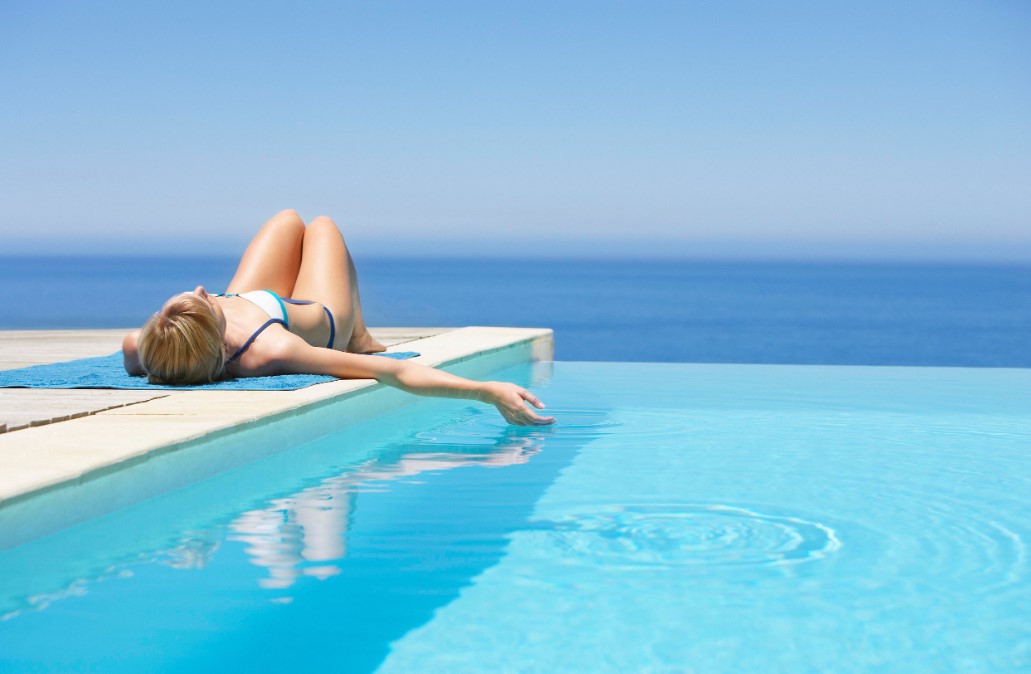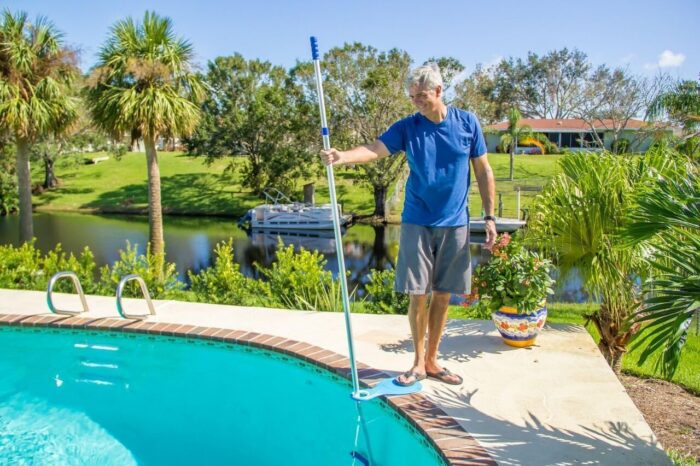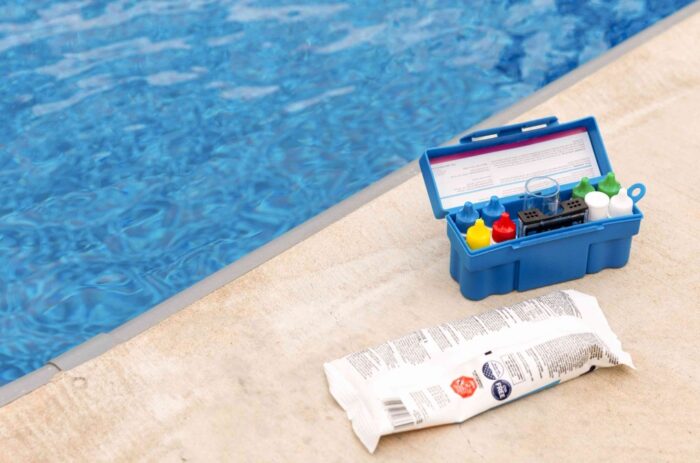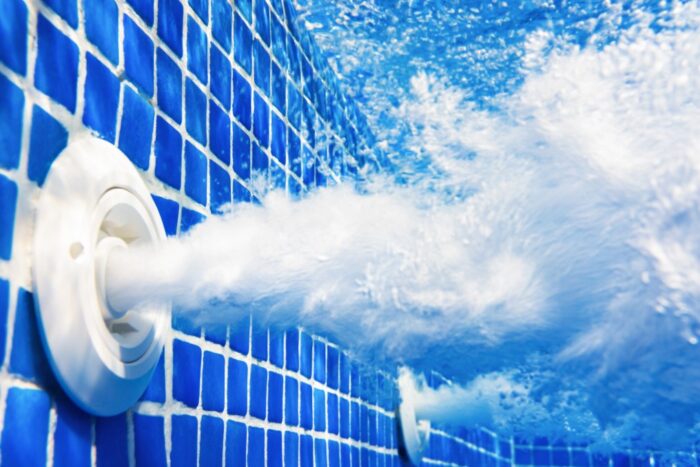
Owning a pool is great ─ until the upkeep starts eating into your weekends and your wallet.
But here’s the good news: you don’t have to spend a fortune on pool service to keep things clean and swimmable. With a little consistency and a solid routine, you can handle most of the dirty work yourself.
Let’s walk through the basics of DIY pool care that actually works, no fluff.
Skim Daily, Brush Weekly – Don’t Skip It
Skimming sounds basic, and it is. But it’s also one of the most effective things you can do to keep your pool from turning into a science experiment. Leaves, bugs, pollen ─ they all build up fast, especially if you’ve got trees nearby.
If you’re in the Roseville area and need a hand with regular upkeep, check out these Roseville pool services for professional assistance.
If that’s not something you’d like, here’s a simple weekly routine:
| Task | Frequency | Tools Needed |
| Skim surface | Daily | Leaf skimmer/net |
| Brush walls | Weekly | Pool brush |
| Vacuum floor | Weekly | Manual or robot vac |
Brushing might feel like a chore, but it helps prevent algae from clinging to surfaces, especially in shady corners or around steps.

Know Your Pool Chemistry – Without Getting a Degree
You don’t need to be a chemist to balance your pool water. But you do need to check your levels regularly ─ ideally two to three times per week during peak season.
Here’s what you want to monitor:
- pH: Aim for 7.4 to 7.6
- Chlorine: 1 to 3 ppm
- Alkalinity: 80 to 120 ppm
- Cyanuric Acid (CYA): 30 to 50 ppm for chlorine stability
- Calcium Hardness: 200 to 400 ppm
Test strips are cheap and easy, but liquid drop test kits tend to be more accurate. Either way, once you get used to reading them, it only takes a few minutes.
Pro tip: if your chlorine disappears fast, your CYA might be too low ─ or too high. It acts like sunscreen for your chlorine, but too much can trap it instead of protecting it.
Shock It Like You Mean It
Even if your water looks clear, invisible bacteria and organic waste (yep, from swimmers) build up. Shocking your pool ─ basically, adding a big dose of chlorine ─ burns off all that stuff.
How often? Once a week in summer, or after heavy use, storms, or a noticeable algae bloom. Go with a calcium hypochlorite shock for most pools, but make sure it dissolves fully before swimming again.

Filter Is Your Silent Workhorse
Your filter handles the grunt work, quietly pulling debris and contaminants out of your water. But it only works if you clean it.
- Sand filters: Backwash every 1–2 weeks
- Cartridge filters: Hose them off monthly, replace yearly
- DE filters: Backwash and recharge with DE powder
A clogged filter strains your pump and can send your water quality downhill fast.
Don’t Forget Water Level and Circulation
If the water drops too low, your pump might suck in air ─ not water. That can cause some real damage. To top it off, if it’s below halfway on the skimmer opening.
Also, make sure your returns are angled slightly downward and in a circular direction. That helps circulate chemicals and prevent stagnant spots, which algae love.

Final Thoughts
Pool maintenance doesn’t have to be fancy. Show up regularly with the right tools, keep your water in check, and your pool will stay sparkling without professional help.
And hey ─ if something big pops up or you’re just over it one week? There’s no shame in calling in the pros now and then. But for the day-to-day? You’ve got this.














